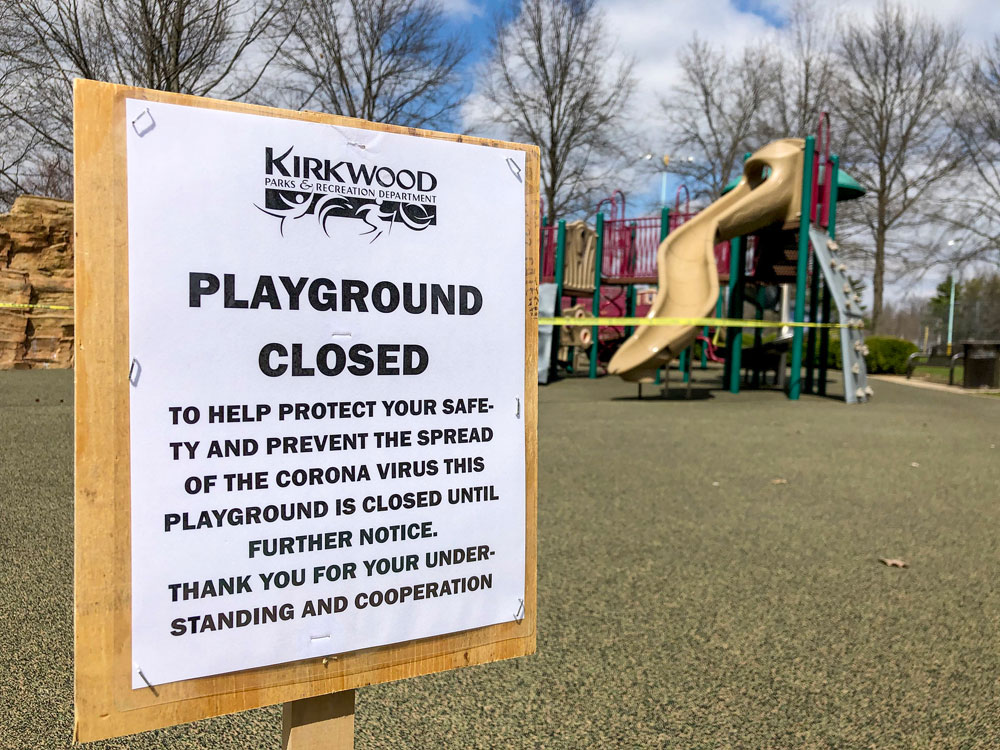
April 8, 2020; The Guardian and Street Sheet
People experiencing homelessness are more vulnerable to COVID-19 for a host of reasons: they’re more prone to illnesses like diabetes or asthma as a result of environmental factors, they have nowhere to quarantine or distance themselves from others who might be carrying the virus, and they have limited access to sanitation tools like clean water and soap.
Cities across the US have faced pressure to house people now sleeping on the street or in shelters in the hundreds of thousands of suddenly vacant hotel rooms. With travel bans in place, there are over five million US hotel rooms that are mostly unused.
Approaches vary from place to place. New York has been heavily criticized for its pitiful response: as of April 1st, only about 500 hotel rooms had been secured for over 63,000 homeless people. It should be noted that while Governor Cuomo is getting lots of praise for his crisis response, he has left this population largely unaddressed—even his defunding of the Advantage subsidy program in 2011 added at least 8,500 families to the population without shelter.
“There’s fear. Emotions are volatile. There’s a lot of fighting going on consequently,” said shelter resident Victoria Wolf, age 66. “You don’t trust the people taking care of you, because they lie. You already feel like you’re at the bottom of the social barrel.”
Things look a little different in California, where Governor Gavin Newsom has initiated “Project Roomkey” to get vulnerable or ill people into shelter. The 15,000 rooms Newsom has promised to secure are nowhere near adequate for California’s estimated 151,000 homeless people, but it’s a significant start. Rooms are given to people who either test positive for the virus or who are already exposed or vulnerable.
Los Angeles has promised to secure its own 15,000 rooms for the county alone. “We’re going big in L.A.,” said Heidi Marston, interim director of the Los Angeles Homeless Services Authority. The Federal Emergency Management Authority (FEMA) is expected to cover about 75 percent of the $195 million estimated cost. L.A. Mayor Eric Garcetti encouraged hotels to enter into lease agreements with the county, “But,” he warned, “if it requires a more aggressive stance, and requires some of the emergency powers I have to commandeer those rooms…we need to get people into those thousands of rooms today.”
Sign up for our free newsletters
Subscribe to NPQ's newsletters to have our top stories delivered directly to your inbox.
By signing up, you agree to our privacy policy and terms of use, and to receive messages from NPQ and our partners.
Garcetti’s stance might have been useful in nearby Orange County. Laguna Hills residents protested so vigorously outside an Ayres hotel that was to become a temporary housing and medical facility that the hotel asked to be released from the agreement. Orange County has about 4,000 unsheltered residents, and right now the plan to house them includes tents and travel trailers that are being delivered by the state.
San Francisco, meanwhile, appears bogged down by bureaucratic slog. After four weeks of a shelter-in-place order, the city’s 8,000 unsheltered residents still don’t have places to go. The original plan, to turn the Moscone Center into a 390-bed shelter, met with resistance from advocates who pointed out how thoroughly inadequate the plan was; a source reported there were “no hand-washing stations, bathrooms facilities are shared and limited, staff don’t have Narcan and there are no sharps containers. Folks coming in are not allowed to bring any property with them and are told they must leave all their belongings at their shelters. Mats on the floor are sectioned off with masking tape.”
Street Sheet chronicled the experience of one woman who showed symptoms of illness:
[The] woman showed up to the Moscone Center after being hospitalized due to possible exposure to COVID-19. She was given a test and then moved to a hotel to await her results. That hotel was then evacuated due to sewage problems, so residents were bounced to a second hotel that was infested with bedbugs. But once her test came back negative, she had lost her bed at her shelter and had nowhere to go and no belongings. Staff at the Moscone Center called dozens of places trying to find her a bed in a shelter before eventually making an exception and placing her there on a mat.
Mayor London Breed said, “I wish it were that easy to help people who are unfortunately struggling with addiction, people who are unfortunately struggling with mental illness. I wish it were that easy to just provide a place for them to be.”
There are logistics and security concerns involved with housing people in hotels, mostly related to the staff who will need to work there: the security, laundry, and food service workers who care for daily needs, and the case managers and government liaisons who will work with people to establish a secure place to live after this is all over. But other cities are managing those concerns; for example, San Diego secured 1,300 rooms by March 19th. As NPQ has frequently pointed out, deciding what is possible in human services situations is often largely a matter of moral will.
Yesterday, NPQ began to ponder the emergency policies that deserve permanent status after this crisis. In a related vein, what will it look like when tens of thousands of unsheltered Americans suddenly benefit from a massive “housing first” model? We hope to find out.—Erin Rubin











